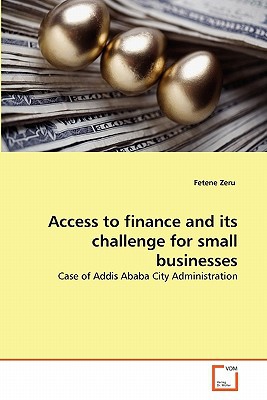Question
Case 2 (50 marks) World's largest oil traders investing in climate friendly projects, but profits remain a big question mark The world's largest oil traders
Case 2 (50 marks)
World's largest oil traders investing in climate friendly projects, but profits remain a big question mark
The world's largest oil traders are pouring hundreds of millions of dollars into climatefriendly projects: including wind farms, cow manure plants, and blue hydrogen: as they seek to match the profits they make from trading oil. The energy industry as a whole faces an existential threat from the shift to a lower carbon future and faces growing pressure from investors, governments, activists and financiers to find a sustainable business model. For oil trading houses, the challenge is more acute, as their profit margins have already shrunk due to increased competition, regulatory scrutiny and growing industry transparency. Trading firms such as Vitol and Trafigura have already put money into wind farms, hydrogen, solar, EV technology, biofuels and biomethane as potential replacements for oil, traditionally their big profit driver. But like the big international oil companies they have yet to figure out what could become their new business model for an environmentally-friendly future.
Vitol is an energy and commodities company and sits at the heart of the worlds energy flows. Every day we use our expertise and logistical networks to distribute energy around the world, efficiently and responsibly.
Trafigura is one of the worlds largest independent traders of oil and petroleum products one of the few with a global presence and comprehensive product coverage handling over 6 million barrels per day.
Question 1 (30 marks)
As discussed above, the oil trading companies faces challenges on sustainable development. Suppose the trading companies are considering further environmental-friendly development and they have the following two mutually exclusive development plan, Plan A and Plan B. The financial managers have prepared estimates of the initial investment, evaluation of the two possibilities produces the following cash flows and internal rates of return (IRR), they are shown in the table below. The financial managers believe that the two plans carry similar risks and the acceptance of either of them will not change the groups overall risk. Suppose the companies requires a return of 8% on the development plans.
| Year | Plan A (US$) | Plan B (US$) |
| 0 | (3,300,000) | (2,600,000) |
| 1 | 1,200,000 | 700,000 |
| 2 | 900,000 | 700,000 |
| 3 | 800,000 | 700,000 |
| 4 | 700,000 | 700,000 |
| 5 | 500,000 | 700,000 |
| IRR | 9% | 11% |
1a.) Which project will you recommend by applying the internal rates of return (IRR) criterion? Why? (3 marks)
1b.) Apply the Net Present Value (NPV) method to determine which plan should be adopted. Explain. (8 marks)
1c.) Apply the payback criterion to determine which plan should be adopted. Explain. (6 marks)
1d.) Apply the Profitability Index (PI) criterion to determine which plan should be adopted. Explain. (7 marks)
1e.) Based on your answers in parts (i) through (iv), which plan will you finally recommend? Why? (6 marks)
Step by Step Solution
There are 3 Steps involved in it
Step: 1

Get Instant Access to Expert-Tailored Solutions
See step-by-step solutions with expert insights and AI powered tools for academic success
Step: 2

Step: 3

Ace Your Homework with AI
Get the answers you need in no time with our AI-driven, step-by-step assistance
Get Started


